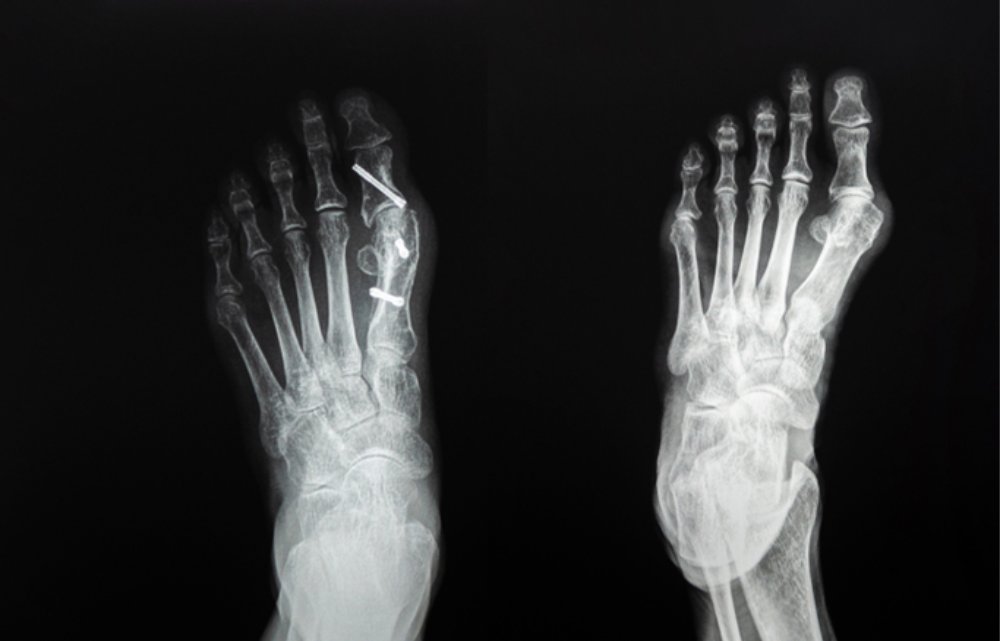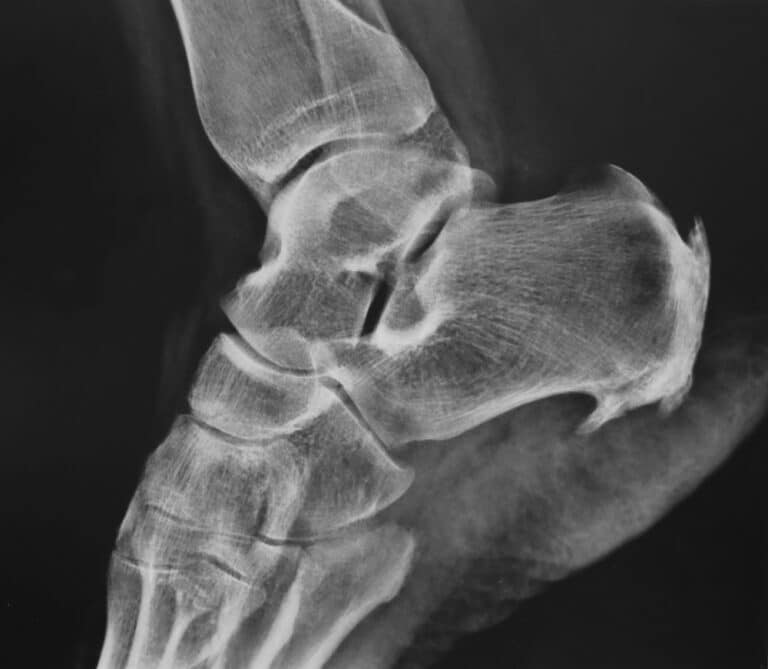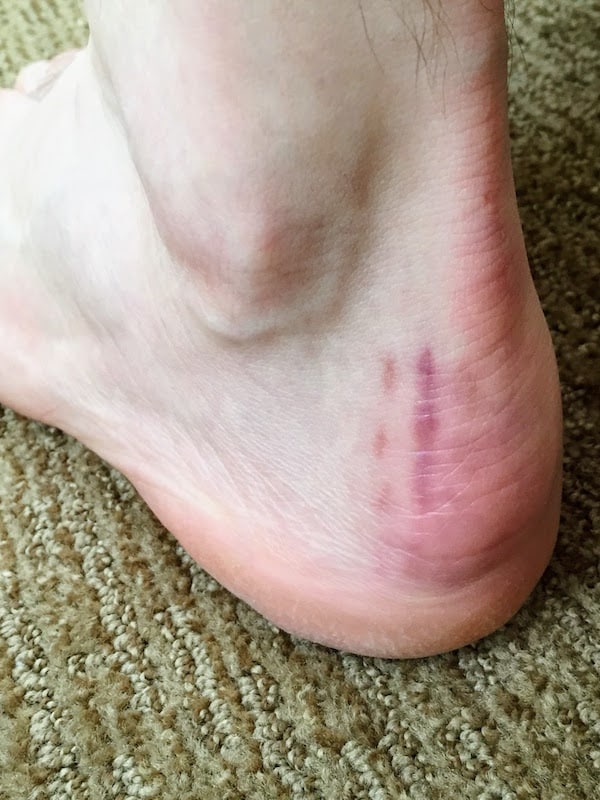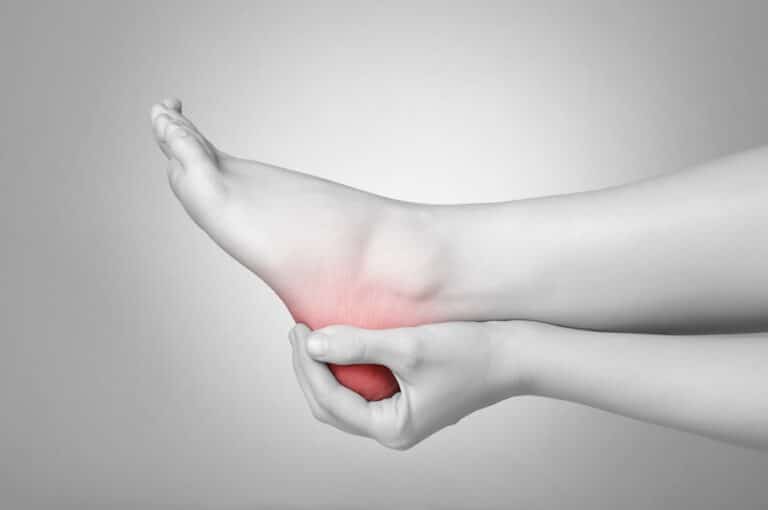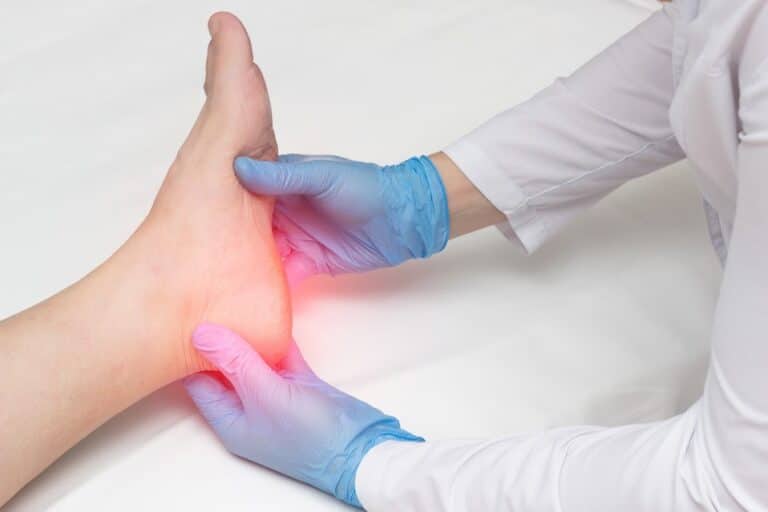When recovering from bunion surgery, the majority of patients report feeling significantly less pain. The big toe alignment is also improved with the procedure. You may walk more comfortably if you position your big toe better. However, many patients don’t know what bunion surgery screws are and why they are absolutely necessary on some occasions. So, let’s find out.
How Often Are Bunion Surgery Screws Used in Surgical Procedures?
During foot surgery, it’s common to use screws to hold bones together. Several bones or bone pieces are intended to be held together with screws. Similar to how you would think of putting two wooden pieces together. And the first stages of bone healing happen once the bones are squeezed together.
After surgery, the patient can walk and engage in other weight-bearing activities because of the use of screws. The foot and ankle can strengthen again after a fracture thanks to the screws. And one of the most important things to have in mind is to find the best possible doctor because dealing with some screw problems can easily turn this non-invasive procedure into disaster and cause even bigger problems after bunion surgery.
Although the mechanics of connecting two pieces of wood together and inserting screws into your foot are the same, the screws in your foot after bunion surgery are constructed quite differently. The surgical screws are made from titanium or high-grade surgical stainless steel. And depending on the type of fracture, the sizes might range from 1.5 mm to 7.3 mm.

Osteotomy Is a Bunion Surgery With Screws
The two types of osteotomies are opening wedge and closing wedge. Their shapes, such as straight, curved, and U-shaped, can also be used to describe them. The individual surgical objectives determine the type or choice of the osteotomy.
For an osteotomy, the following surgical methods are used:
- Multiple drill-hole osteotomy,
- Oscillating saw osteotomy,
- Gigli saw osteotomy.
What to Expect During Osteotomy?
A surgical operation to cut a bone is called an osteotomy. The bone’s lengthening, straightening, or shortening after being cut may occur unexpectedly during surgery or gradually after. The surgeon has two options for internal or external fixation after the osteotomy.
A few tiny incisions are made in the bones by the surgeon. The surgeon will then correct the big toe joint using screws or pins. And the most frequent treatment for bunions is this one.

Arthrodesis Is Another Procedure That Uses Screws
Two bones being joined at a joint is also known as arthrodesis or a joint fusion. It is usually accomplished through surgery. Simply put, an orthopedic surgeon manually realigns the injured joint, then removes the cartilage and proceeds with stabilizing the bone in order to recover together. The operation is often used to treat severe pain that is uncontrollable and cannot be controlled by conventional therapies, physical therapy, herbal remedies, splints, or pain medications.
What Does Arthrodesis Include?
There are different techniques for doing arthrodesis, and the one chosen is determined by a number of variables, including the patient’s general health, the surgeon’s view of the best technique, and the state of the particular joint where the damage occurred.
The use of a bone graft is one method of finishing the process. One type of bone graft uses bone tissue from another area of the patient’s own body. There are two basic types of bone grafts. A term for this is autograft. In Other occasions, a donor’s tissue or a synthetically created tissue is used – this sort of graft is known technically as an allograft.

Why Do Surgeons Use Screws During Bunion Surgery?
Researching minimally invasive foot surgery, patients can come across different surgical techniques. Surgeons prefer not using screws that will hold the bunion correction in only a few cases. However, the bunion has to be shifted back as it was, in the original position, and to do that, screws are surely needed. Also, they will ensure long-lasting correction without the possibility of the bunion coming back.
Besides using the screws to ensure the successful bunion correction, it’s also extremely important to fix the midfoot joint and prevent it from moving and possible bunion returning. Also, displacing the bone and keeping it in the right position is something that has to be done in the bunion correction. It will ensure that the bone is reformed, forming the right aligned toe.

Get All Additional Information From Your Surgeon
With the Luxe Foot Surgery practice, you can rest assured it has the greatest medical experts on your side. We have a group of exceptional professionals that will work tirelessly to make sure you receive the best service possible. You can get in touch with us to make your initial appointment by contacting our office or using the online inquiry form on our website.
FAQ
How Long Do Screws Stay In After Bunion Surgery?
The bones cut during surgery are fixed using screws. In these procedures, removable screws are specially developed and removed roughly two months after the first medical procedure. So, yes, you might wait a bit more than you thought for removing screws after bunion surgery, but it ensures the success of the operation.
Can You Feel the Screws After Bunion Surgery?
They simply hold the bunion repair close to the joint. The screws will be inserted so deeply into the bone that patients won’t be able to feel them. Most of the time, screws made of titanium alloy are innocuous to the human body.
How Many Screws Are Used in Bunion Surgery?
Usually, only one screw is used in bunion surgery. However, depending on the type of medical procedure, the number can vary.
Where Do the Screws Go In Bunion Surgery?
The surgeon places screws in the toe bone. That way, the bones are held together during the recovery period.
